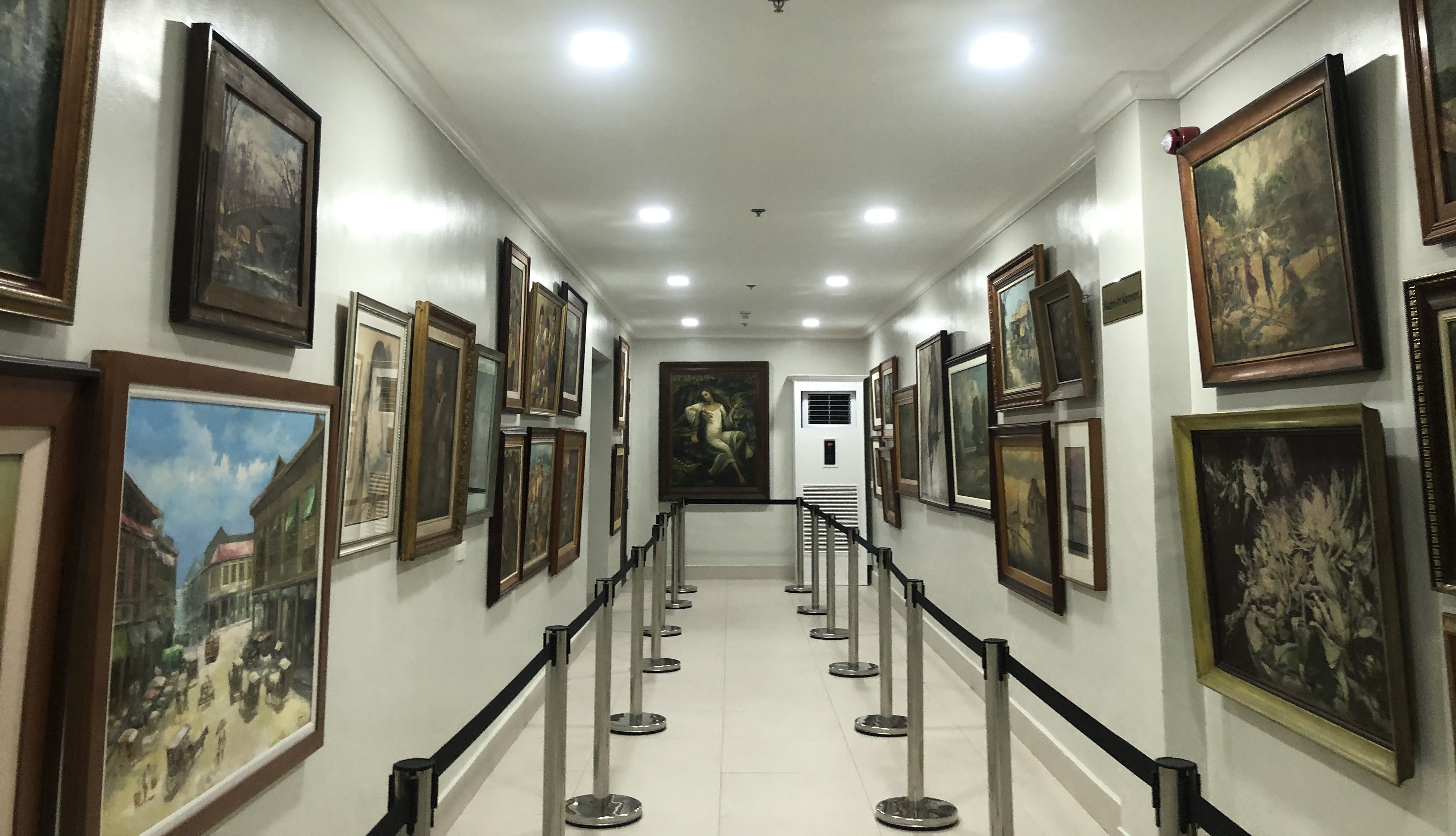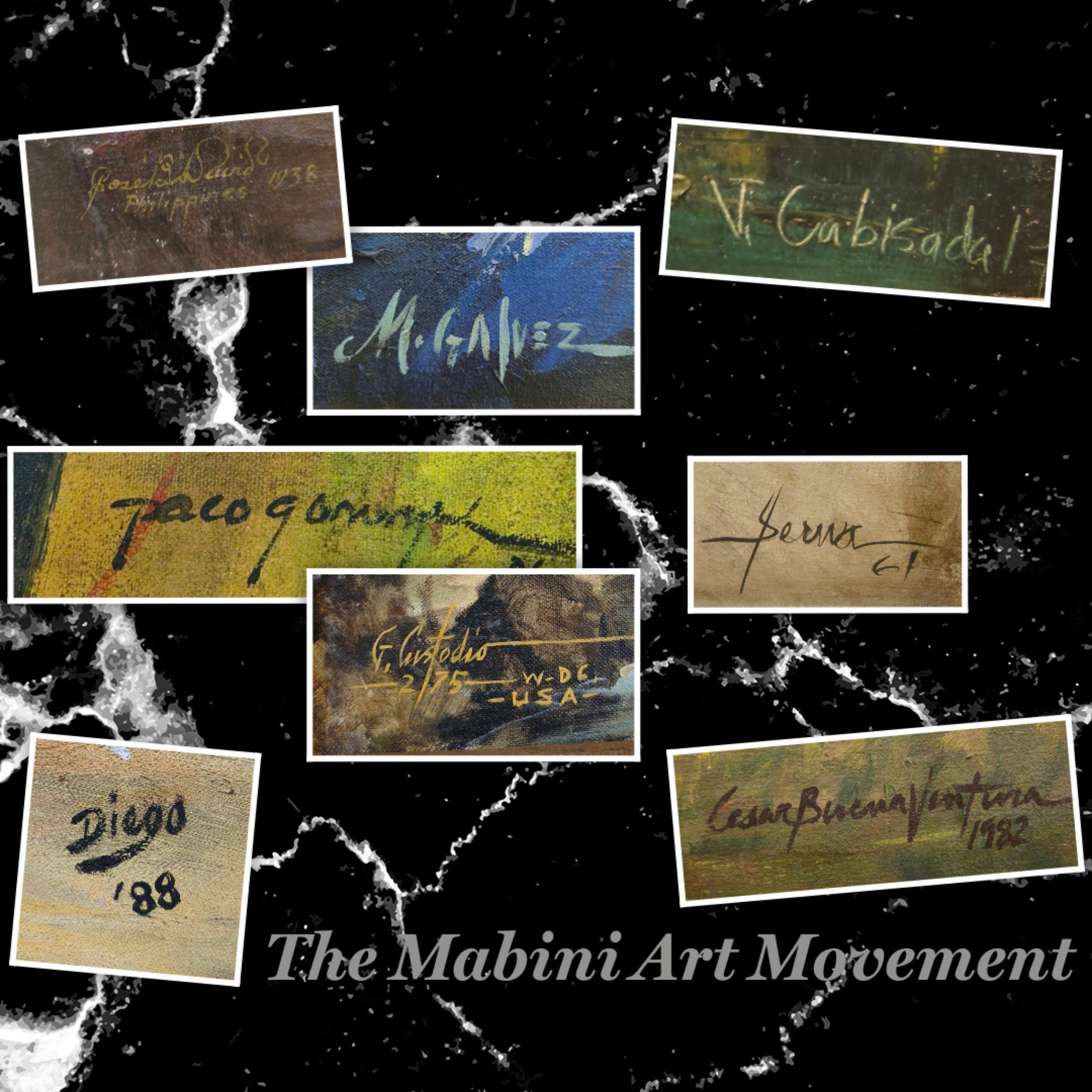






The first artists that gathered on this street, practiced realism in their painting, much like the National Artist, Fernando Amosolo. Although undeniably talented, works of Mabini Artists are often immersed in controversy due to much of their works being branded as “commercialized”.
In general, the artwork there was made to be sold, often with generic “ethnic” themes or formulaic works for tourists (native warriors, stylized nude native women, boat scenes, nipa huts and the like). This is not to say that they were not well made, but these were artworks generated to make money or what would be described as “commercial fine arts”.
These talented painters, sculptors, and visual artists have left an indelible mark on the Philippine art scene. Their contribution to the promotion, development, and preservation of a distinctively Filipino art form, reflective of Philippine culture, heritage, and identity deserves ample recognition. Their works, bought by foreign tourists made their way all over the world and added to the presence of Philippine art in the international market.
In the 1990s, a renewed interest in the works of the old masters like Serafin Serna, Jose David, Cesar Amorsolo, Victor Cabrera and Gabriel Custodio once again highlighted the talents of the Mabini Artists. Despite the disparaging connotation that came with their origin and creation, their works are still notable. These have affected the Philippine art community in many positive ways and should be appreciated as such.

Carlos “Botong” Francisco was Filipino painter/muralist in Angono Rizal. Bayanihan is one of the artwork made by Carlos Francisco. The artwork entitled Bayanihan (pronounced bah- ya-nee-han) literally means being bayan and have been used to refer a spirit of communal unity and cooperation. This artwork made by water color and also made it into public, it has size 62.5 x 47.5 cm, the texture and color of the painting make the artwork realistic, the proper size of the people and the bahay kubo are proportionate which made the artwork attractive. This painting currently displays at UNILAB’sadministration building in Manila. This artwork expresses itself very clearly and meaningfully, because this Filipino attributes following them the old tradition of helping neighbors in relocating, getting enough volunteer to carry the entire house and transferring to another location. The moving family expresses their appreciation by hosting a small fiesta for everyone.


Rice is more than just a staple food in the Ifugao diet. Its history and culture are largely built around the cultivation, development, and harvest of this small, white grain because their survival depended on it in a major way. Among the most impressive of this show of importance is the building of the Rice Terraces for its production, and the most spiritual is the carving of the Bulul (Bul-ul, Bul-ol) to protect it.
The bulul is a wooden carving of either a man or a woman that houses the ancestor spirits of the Ifugao, and are usually placed on the granaries in pairs. Depending upon their origin or tribe, the carvings may be sitting, standing or with their arms extended outwards, dancing. There are many rituals, ceremonies and celebrations done during the creation of a bulul, starting from when the wood to be used is first chosen, to when it is carved and to the time the ancestor is called upon to enter and be held within the vessel. These are then placed in the granaries to guard the rice, and are taken into the house only during harvest festivities.